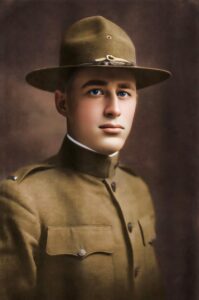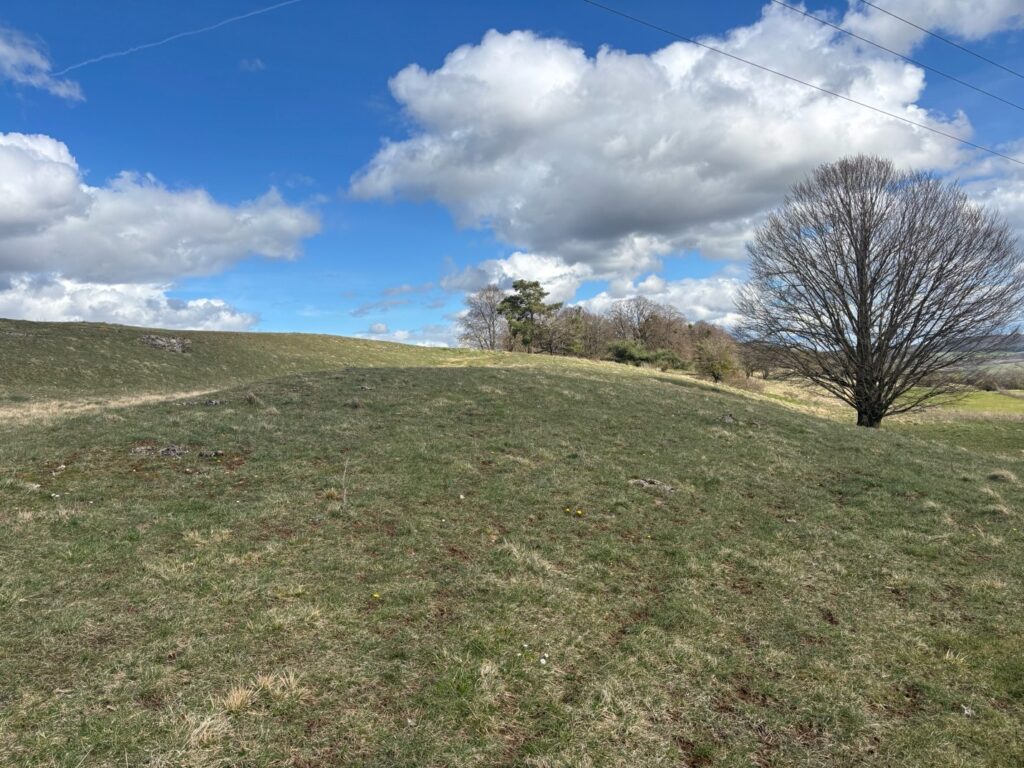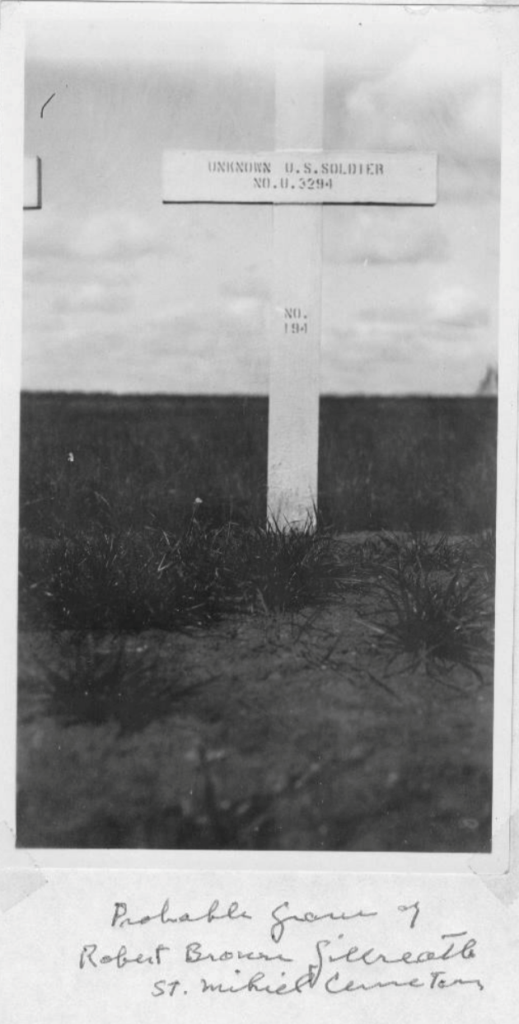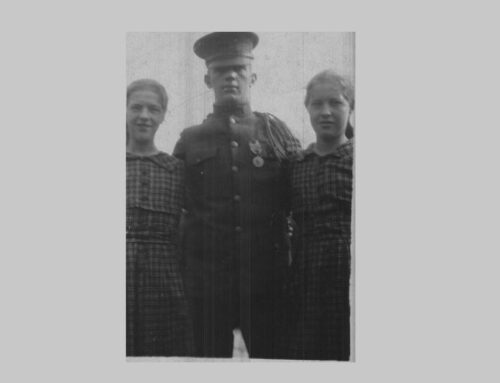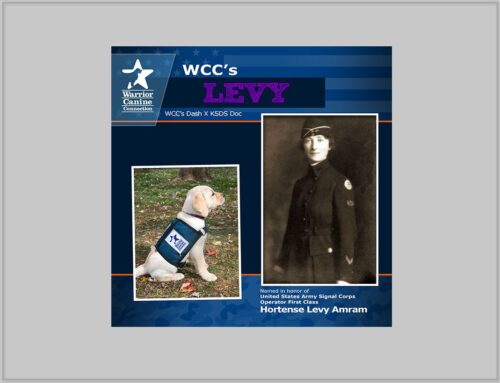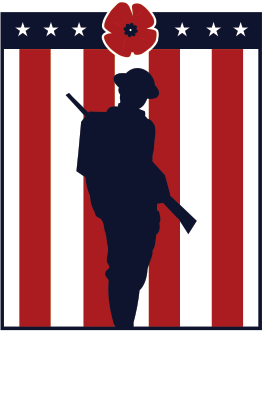Doughboy MIA for March 2025: Lieutenant Robert Brown Gilbreath
Published: 24 March 2025
By Alexander Curran
Researcher
Doughboy MIA
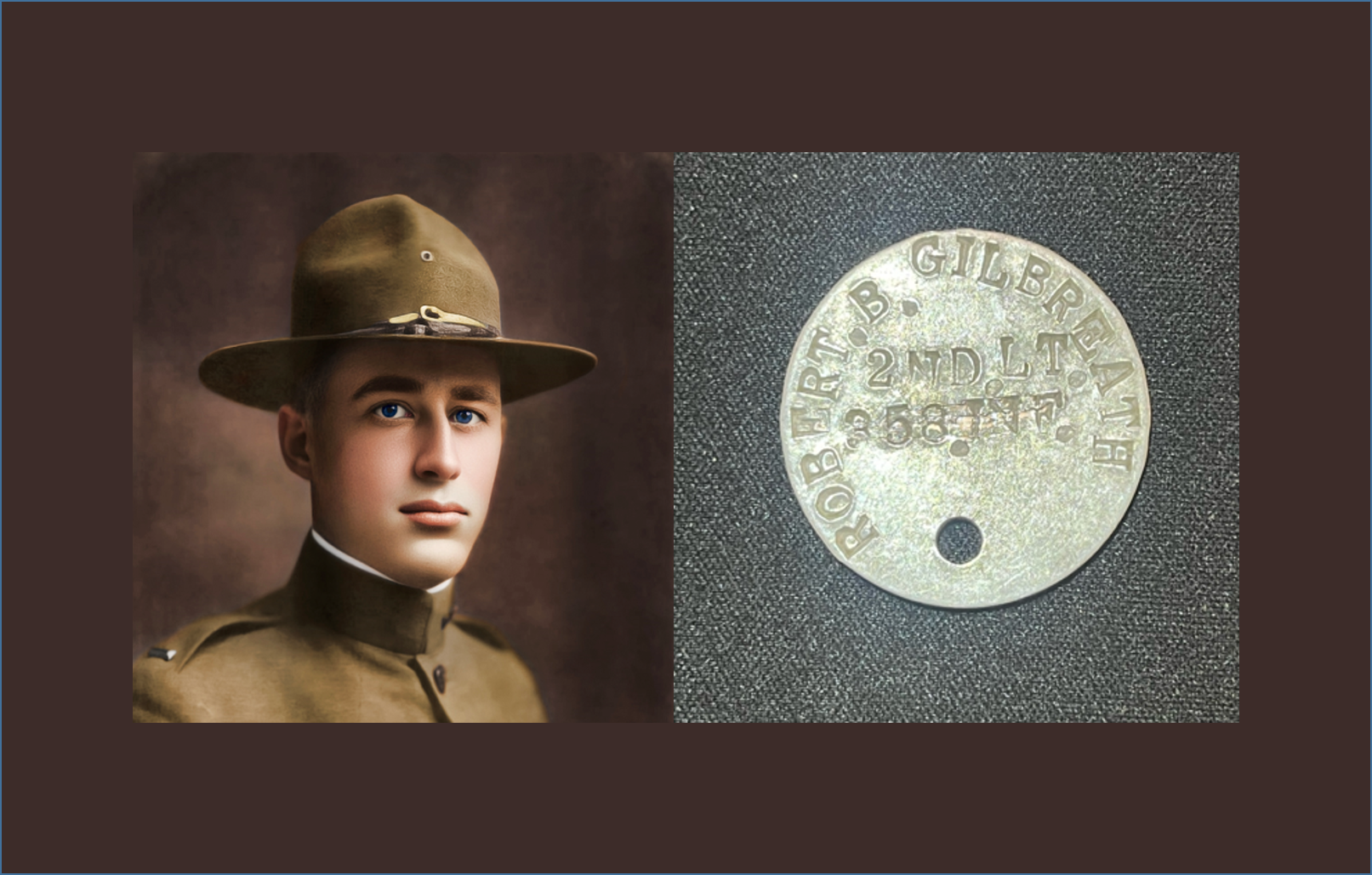
Gilbreath with dogtag
Lieutenant Robert Brown Gilbreath, and his Identification disc held at the National Personnel Records Center in St. Louis, Missouri.
Robert Brown Gilbreath was born in Columbia, Tennessee on January 13th, 1893. He graduated with honors from Columbia High School and later attended Columbia Military Academy. He later moved to Texas, where he enrolled at the University of Texas and took a teaching position at the State Orphan Home.
In May 1917, Robert enlisted in the U.S. Army at Camp Travis, Texas. He was assigned to Company “A” of the 358th Infantry Regiment, 90th Division. On June 20th, 1918, he sailed for France aboard the HMT Canada, arriving in Liverpool, England, on July 2nd. He arrived in Le Havre, France on July 7th, 1918.
On September 26th, 1918, the 358th and 359th Infantry conducted a raid on German positions west of Prény in the St. Mihiel sector. The objective was to hold enemy troops in this sector, making them believe the raid was part of the more significant attack along the Argonne Forest.
At 5:00 a.m. the men advanced toward the Hindenburg Line. After covering 500 yards, they came under heavy machine gun and artillery fire, forcing them to fall back with severe casualties. Lieutenant Gilbreath never made it back to the American lines. The raid has been a failure.
Sergeant Robert Britain later provided a statement about the event to the Graves Registration Service. He recalled:
“Lieutenant Gilbreath went over the top on a raid in the St. Mihiel Sector on the morning of September 26th and didn’t return. We went over the top that morning with 200 men and came back with 160. Of course, some of the 40 missing came back later, but Gilbreath never did. We had to go over two kilometers to make this trench raid, then fell back to our own lines, and then changed positions and went off to the left. Two days later, we were relieved by the 7th Division and went to the Argonne.”
After the Armistice, Lieutenant Gilbreath’s identity disc was sent to U.S. authorities from Germany’s Department of Effects for Fallen Soldiers. However, no burial information accompanied it, leaving the Graves Registration Service with no specific location to search for Lieutenant Gilbreath.
In an undated letter to Lieutenant Gilbreath’s parents, Lieutenant Frank Liddell, who served in the same company, described finding the remains of an American Officer buried on the battlefield after the Armistice. He believed these were the remains of Lieutenant Gilbreath. He wrote:
“Captain Hubert Peters (twin brother of deceased Captain Peters) and I have just returned from the battlefield searching for traces of their remains. We could find no trace of Captain Peter’s body, but I found a grave where Robert was seen to fall. We exhumed the body, and with their customary fiendishness, the Boche had cut off the identification tags. Of course, it was impossible to recognize the body, but the teeth were preserved, and I am persuaded that the body was he. The gold tooth, etc., was there. I took a kodak of the grave which I will send you, and more particulars when I return to the States.”
The remains were designated as U-3294 and buried in the St. Mihiel American Cemetery. Given the details in Lieutenant Liddell’s report and the fact that the remains were found with an officer’s uniform, the Graves Registration Service strongly suspected they belonged to Lieutenant Gilbreath. They reached out to his father, J.A. Gilbreath, requesting a dental chart to confirm the identification.
However, in a letter dated March 22nd, 1922, J.A. Gilbreath expressed his skepticism:
“It is impossible to send the dental chart of Robert B. Gilbreath as requested. After the work of our local dentist, he was away in college for four years, then had work done at different times and places. We have never requested his body sent home and want it to remain where it is as it will be impossible to identify it. When his body was found, the identification tags were gone, and it was only guesswork as to which body was his. They have been removed to a cemetery near the battlefield, and it is my desire it remain there.”
His unwillingness to cooperate frustrated investigators. One Investigator noted:
“Read the letter from the father dated March 22nd, and you will see why I have been so particular to include all that I have. He seems peeved over things.”
The situation became even more confusing when, just three months after refusing to send a dental chart, J.A. Gilbreath wrote to the Graves Registration Service, stating his intention to visit his son’s grave at the St. Mihiel American Cemetery. Whether he ever made it to the Cemetery remains unknown.
In 1924, a final effort was made to identify U-3294 as Lieutenant Gilbreath. It was suggested that his father, J.A. Gilbreath, be sent the dental chart of the Unknown Soldier to determine if it matched his son’s. By this time, the Graves Registration Service had exhausted all available research methods and was confident in the identification. Aware of J.A. Gilbreath’s skepticism two years earlier, they left the final confirmation in his hands. However, an Investigator noted, “No use in view of the father’s letter.” As a result, the case was not pursued further, and Lieutenant Gilbreath was never identified.
Further researching this case, we find two other Lieutenants are missing from the same area as Lieutenant Gilbreath. Lieutenant Oscar Key, of the 359th Infantry, 90th Division was reported missing after the same raid as Gilbreath. Lieutenant Paul Grunig of the 56th Infantry, 7th Division is missing from a raid in the same location on November 7th, 1918. Lieutenant Grunig had silver fillings but no gold fillings, crowns, etc. It was also reported that he did not wear officer insignia or a Sam Bown belt into combat. It is unlikely he is U-3294 for these reasons. The dental records for Lieutenant Key are incomplete, leaving it unknown whether he had a gold filling or crown. While this prevents ruling him out entirely as U-3294, Gilbreath’s men and the Graves Registration Service remained confident that the remains belonged to Lieutenant Gilbreath.
Records pertaining to the Unknown Soldiers at St. Mihiel American Cemetery are ironically “Missing”. Without these records, it is impossible to determine which grave at the St. Mihiel American Cemetery U-3294 rests in. There are 117 Unknown American Soldiers buried here, over a quarter of them were killed during the September 26th raid on Prény.
Lieutenant Gilbreath is recorded on the Tablets of the Missing at the St. Mihiel American Cemetery, where he likely rests as U-3294.
Would you like to be involved with solving the case of Lieutenant Robert Brown Gilbreath, and all the other Americans still in MIA status from World War I? You can! Click here to make a tax-deductible donation to our non-profit organization today, and help us bring them home! Help us do the best job possible and give today, with our thanks. Remember: A man is only missing if he is forgotten.
